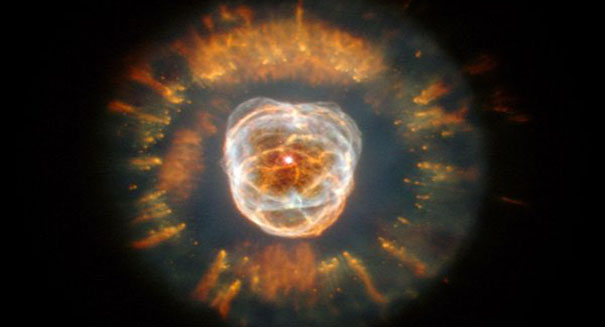
New layers within a star's crust that house nuclear reactions have scientists questioning how neutron stars create heat.
According to a press release from Michigan State University, the conventional wisdom surrounding neutron stars might not be so conventional after all. Until now, scientists were pretty sure they knew how the surface of a neutron star – a super dense star that forms when a large star explodes and its core collapses into itself – can heat itself up.
Research by a team of scientists led by a Michigan State University physicist has researchers rethinking that. Scientists had long thought that nuclear reactions within the crust, the thick, solid, outermost layer of the star, contributed to the heating of the star’s surface.
However, writing in the journal Nature, Hendrik Schatz and colleagues report results from theoretical calculations that identify previously unknown layers where nuclear reactions within the crust cause rapid neutrino cooling. Neutrinos are elementary particles created through radioactive decay that pass quickly through matter.
A neutron star is a type of stellar remnant that can result from the gravitational collapse of a massive star during a Type II, Type Ib or Type Ic supernova event. Such stars are composed almost entirely of neutrons, which are subatomic particles without net electrical charge and with slightly larger mass than protons. Neutron stars are very hot and are supported against further collapse by quantum degeneracy pressure due to the phenomenon described by the Pauli exclusion principle. This principle states that no two neutrons can occupy the same place and quantum state simultaneously.
Schatz said this discovery produces more questions than answers. “This completely changes the way we think about the question of the star’s hot surface,” he said. “It’s a big puzzle now.”
On the sub-atomic level, the team found that the process is greatly affected by the shape of the reacting nuclei.
This study also points to the discovery potential of the Facility for Rare Isotope Beams. FRIB will be a new U.S. Department of Energy Office of Science national user facility built on the MSU campus. It is exactly these types of nuclei that researchers could examine in the facility.
Leave a Reply